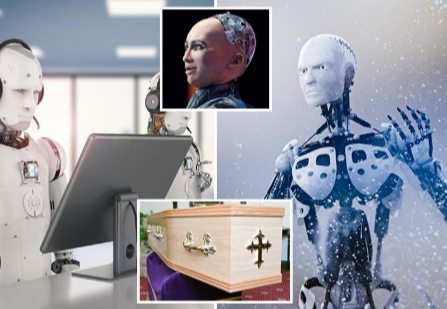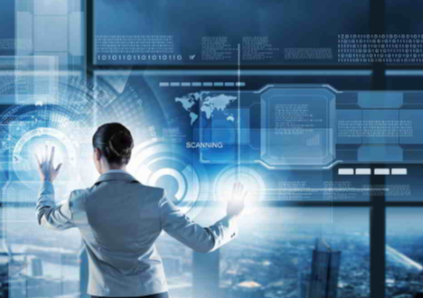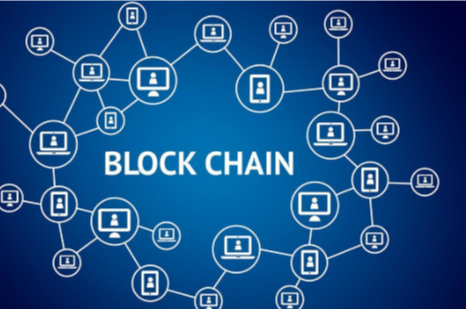Will Humans Merge With Machines by 2050?
The potential for humans to merge with machines by 2050 presents a complex tapestry of possibilities. Advanced neural interfaces and AI technologies may reshape cognitive capabilities and communication. However, this integration raises profound ethical questions about privacy and autonomy. As society gravitates toward this new reality, the implications for human identity and social norms warrant careful examination. What balance will emerge between enhancement and the preservation of humanity? The future remains uncertain.
The Current Landscape of Human-Machine Integration
As society advances into an era increasingly dominated by technology, the integration of humans and machines has begun to reshape various aspects of daily life and industry.
Neural interfaces are emerging as vital tools, enhancing cognitive functions and communication.
Meanwhile, augmented reality blurs the lines between the virtual and physical, empowering individuals to interact with their environment in innovative ways, fostering a new sense of freedom.
Read more: How Emerging Tech Will Reshape Education by 2030
Key Technologies Shaping the Future
While the potential for human-machine integration unfolds, several key technologies stand poised to redefine the boundaries of this convergence.
Artificial intelligence drives advanced decision-making, while brain-computer interfaces promise seamless communication between mind and machine.
These innovations could enhance human capabilities, granting individuals unprecedented control and freedom, ultimately transforming personal autonomy in ways previously relegated to the realm of science fiction.
Ethical Considerations and Societal Impact
What ethical dilemmas might arise as humans increasingly merge with machines?
As bioethics dilemmas emerge, concerns about autonomy, privacy, and inequality will shape societal implications.
The balance between enhancement and identity could challenge fundamental human rights.
The pursuit of freedom may clash with technological determinism, urging a reevaluation of moral frameworks to ensure that integration fosters equity rather than exacerbating societal divides.
Conclusion
As humanity stands on the precipice of a new era, the merging of humans and machines by 2050 resembles a dance between light and shadow, where the brilliance of enhancement must navigate the darkness of ethical dilemmas. This intricate choreography will redefine what it means to be human, demanding a delicate balance between innovation and the preservation of our essence. The future hinges on our ability to wield this technological symphony with wisdom, ensuring harmony rather than discord.




